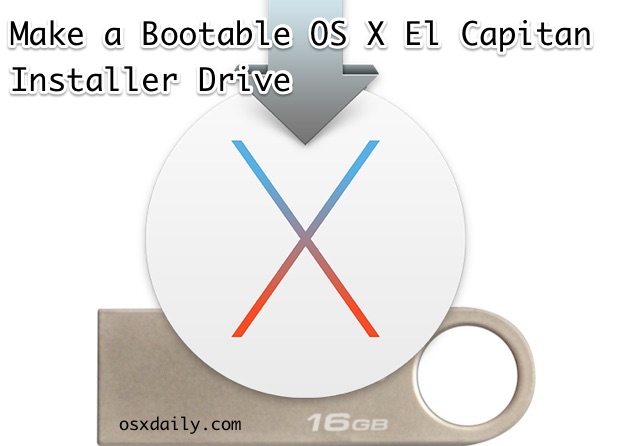
- #Mac bootable disk drive circle with line through it for mac#
- #Mac bootable disk drive circle with line through it Pc#
- #Mac bootable disk drive circle with line through it license#
- #Mac bootable disk drive circle with line through it mac#
We simulated the disk crash by deleting all disk partitions using a Windows disk manager. When the imaging is over, you may switch your computer off. R-Drive Image will start imaging disk showing its progress. Verify the image parameters and click the Start button. You may read more about other image options on R-Drive Image help page "Create an Image".Ħ. The image file may also be protected with a password, but this feature provides only a relatively moderate protection against conventional unauthorized access. It also can check the integrity of disk image right after its creation and report errors immediately. In other words, only sectors with actual data will be written to the image file. R-Drive Image can back up only useful information on disk. Select image options on the Image Options panel and click the Next button. Select the place to store the image, specify its file name, and click the Next button.ĥ. Locate the disk you want to backup, select the entire disk icon, and click the Next button.Ĥ. Select Create an Image on the Action Selection panel and click the Next button.ģ.

#Mac bootable disk drive circle with line through it license#
#Mac bootable disk drive circle with line through it mac#
This may be especially helpful if you need to start a Mac computer. You may read more information on R-Drive Image help page "Load Computer into Startup Mode". Select the R-Drive Image GUI (Graphic Mode) to run R-Drive Image in the graphic mode in which its user interface is similar to the Windows version.
#Mac bootable disk drive circle with line through it for mac#
The procedure for Mac computers will not be much different from this, except for starting the computer.
#Mac bootable disk drive circle with line through it Pc#
The other features useful for non-Windows computers like support for various Apple and Linux volume managers are fully intact.Īs a benchmark, we'll use a real PC running under Linux Ubuntu Mate 20.04.1 LTS 64-bit with the file system of the system disk being ext4 fs. The only exception is the lack of the built-in scheduler, tasks, scripts, and connecting images as virtual disks, although copying individual files from opened images is a good substitution for the latter. Moreover, the startup version of R-Drive Image has almost the same features as its Windows counterpart. It can work with Macs, Linux computers, and even with some Unix machines. There are similar programs out there for those operating systems, but are they worth paying extra money and spending some effort to learn them? With the startup version of R-Drive Image this is usually not necessary. But quite often it becomes necessary to service a non-Windows machine, running under macOS or Linux.

For this OS, it has all the necessary features for all advanced disk imaging, backup, copy, and restore tasks.


 0 kommentar(er)
0 kommentar(er)
